Filter by

Advances in Analytical Strategies to Study Cultural Heritage Samples
This reprint provides the most recent advancements and trends in the analysis of cultural heritage samples, including archaeological and bio-archaeological samples, confirming the growing public and academic interest in this field. The submitted papers cover different aspects of cultural and archaeological heritage protection, conservation, and restoration. The complexity of such samples, inclu…
- Edition
- -
- ISBN/ISSN
- 9783036589930
- Collation
- 378 hlm; ill., lamp.,
- Series Title
- -
- Call Number
- -

Traditions of Analysis and Synthesis
This open access book provides a fresh perspective on analysis and synthesis across several areas of inquiry. The two operations form a primary basis of modern laboratory science, ranging from the spectrographic analysis used in practically every scientific discipline today, to the naming of entire disciplines, such as synthetic organic chemistry. Despite their acknowledged significance, howeve…
- Edition
- -
- ISBN/ISSN
- 9783031763984
- Collation
- VII, 402 hlm; ill., lamp.,
- Series Title
- -
- Call Number
- -
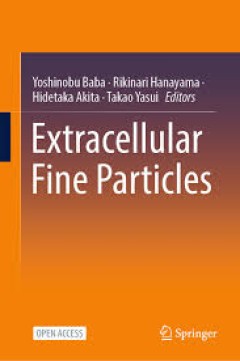
Extracellular Fine Particles
This open access book elucidates new biological phenomena caused by extracellular fine particles and highlights the development of base technologies for their control. In this book, the latest knowledge is collected on the principles of extracellular fine particles recognition, action, and biological responses. In addition, the base technologies for their detection, separation, measurement, and…
- Edition
- 1
- ISBN/ISSN
- 978-981-97-7067-0
- Collation
- VI, 290
- Series Title
- -
- Call Number
- -

Cloud-Based Remote Sensing with Google Earth Engine
This book guides its audience—which can range from novice users to experts— though a 55-chapter tour of Google Earth Engine. A sequenced and diverse set of lab materials, this is the product of more than a year of effort from more than a hundred individuals, collecting new exercises from professors, undergraduates, master’s students, PhD students, postdocs, and independent consultants. …
- Edition
- 1
- ISBN/ISSN
- 978-3-031-26588-4
- Collation
- XXI, 1226
- Series Title
- -
- Call Number
- -

Monte Carlo N-Particle Simulations for Nuclear Detection and Safeguards
This open access book is a pedagogical, examples-based guide to using the Monte Carlo N-Particle (MCNP®) code for nuclear safeguards and non-proliferation applications. The MCNP code, general-purpose software for particle transport simulations, is widely used in the field of nuclear safeguards and non-proliferation for numerous applications including detector design and calibration, and the s…
- Edition
- 1
- ISBN/ISSN
- 978-3-031-04129-7
- Collation
- -
- Series Title
- -
- Call Number
- XV, 307
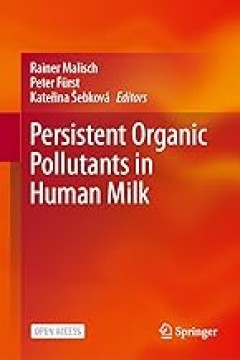
Persistent Organic Pollutants in Human Milk
This open access book reviews the trends of persistent organic pollutants (POPs) in human milk and discusses the main findings of five global surveys that were coordinated by the World Health Organization (WHO) and the United Nations Environment Programme (UNEP) from 2000 to 2019. Human milk was selected as core matrix for human exposure under the Global Monitoring Plan for effectiveness evalua…
- Edition
- -
- ISBN/ISSN
- 978-3-031-34085-7
- Collation
- XXVII, 683
- Series Title
- -
- Call Number
- -
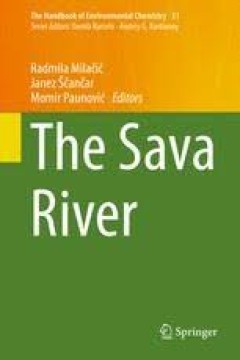
The Sava River
This volume provides a comprehensive overview of environmental aspects of the Sava River, which is the greatest tributary to the Danube River and the major drainage river system of South Eastern Europe. Hydroelectric power plants, river traffic, intensive agricultural activities, heavy industry and floods have considerable influence on the environment and biota in the basin. Summarizing the res…
- Edition
- -
- ISBN/ISSN
- 978-3-662-44034-6
- Collation
- -
- Series Title
- -
- Call Number
- -

Analytical Ultracentrifugation: Instrumentation, Software, and Applications
This book introduces analytical ultracentrifugation (AUC) as a whole, covering essential theoretical and practical aspects as well as its applications in both biological and non-biological systems. Comprehensive characterizations of macromolecules in a solution are now routinely required not only for understanding the solution system but also for producing a solution with better properties. Ana…
- Edition
- Ed. 1
- ISBN/ISSN
- 978-4-431-55985-6
- Collation
- IX, 532
- Series Title
- -
- Call Number
- 543 ANA a
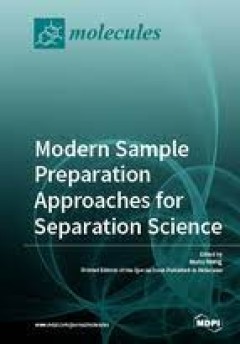
Modern Sample Preparation Approaches for Separation Science
This book will provide the most recent knowledge and advances in Sample Preparation Techniques for Separation Science. Everyone working in a laboratory must be familiar with the basis of these technologies, and they often involve elaborate and time-consuming procedures that can take up to 80% of the total analysis time. Sample preparation is an essential step in most of the analytical methods f…
- Edition
- -
- ISBN/ISSN
- 978-3-03921-412-9
- Collation
- -
- Series Title
- -
- Call Number
- 543 MOD
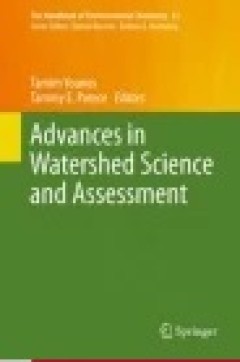
Advances in Watershed Science and Assessment
This volume offers concepts, methods and case studies of innovative and evolving technologies in the area of watershed assessment. Topics discussed include: (1) Development and applications of geospatial, satellite imagery and remote sensing technologies for land monitoring; (2) Development and applications of satellite imagery for monitoring inland water quality; (3) Development and applicatio…
- Edition
- Ed. 1
- ISBN/ISSN
- 978-3-319-14212-8
- Collation
- XX, 292
- Series Title
- The Handbook of Environmental Chemistry
- Call Number
- 540.1 ADV a
 Computer Science, Information & General Works
Computer Science, Information & General Works  Philosophy & Psychology
Philosophy & Psychology  Religion
Religion  Social Sciences
Social Sciences  Language
Language  Pure Science
Pure Science  Applied Sciences
Applied Sciences  Art & Recreation
Art & Recreation  Literature
Literature  History & Geography
History & Geography